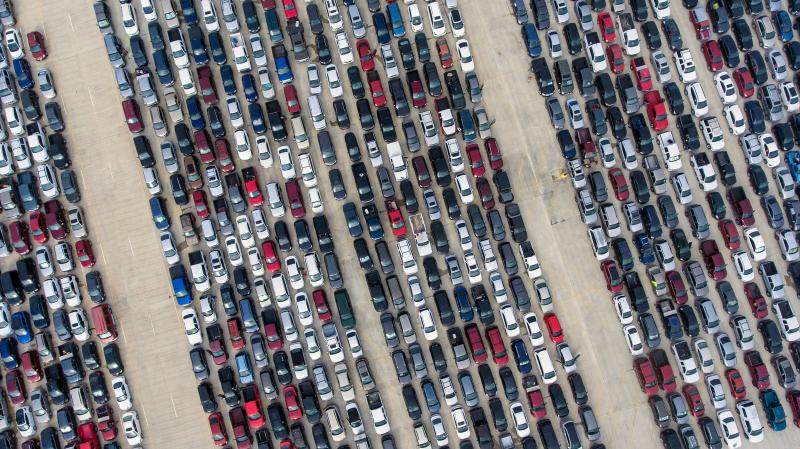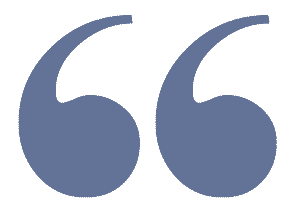It’s ‘People, People, People’ as Lines Stretch Across America
By: Jack Healy





DENVER — Standing in line used to be an American pastime, whether it was lining up for Broadway shows, camping outside movie theaters before a Star Wars premiere or shivering outside big-box stores to be the first inside on Black Friday.
The coronavirus has changed all that. Now, millions of people across the country are risking their health to wait in tense, sometimes desperate, new lines for basic needs as the economic toll of the virus grips the country.
In cars and on foot, they are snapping on masks and waiting for hours to stock up on groceries, file for unemployment assistance, cast their ballots and pick up boxes of donated food. The lines stretch around blocks and clog two-lane highways.
In western Pennsylvania, cars stacked up for miles on Monday as hundreds of people waited to collect a week’s worth of groceries from the Pittsburgh Community Food Bank.
Outside Miami, some of the 16 million Americans who have lost their jobs over the past few weeks snaked around a library on Tuesday, waiting to pick up a paper application for unemployment benefits.
And in Milwaukee, Catherine Graham, who has a bad heart and asthma, slapped on a homemade face mask and left her apartment on Tuesday for the first time since early March to spend two hours waiting in line to vote at one of the five polling locations in the city that remained open for the Wisconsin primary election.
“It was people, people, people,” Ms. Graham, 78, said. “I was afraid.
Sign Up for the Morning Briefing Newsletter
One resident of Ms. Graham’s senior-apartment complex has already died of the coronavirus, and Ms. Graham said she nearly turned back when she saw the line. But, determined to vote, she perched on her walker as the line inched ahead and prayed with her daughter, asking God to keep them safe. Every day since, she has been scrutinizing her blood pressure, oxygen levels and other vital signs on a home machine.
The scenes are especially jarring at a moment when freeways are empty and city centers are deserted, and public-health experts are urging people to slow the transmission of the coronavirus by avoiding each other.
“It’s worrisome,” said Carl Bergstrom, a biologist at the University of Washington who studies pandemics. “It’s setting up unnecessary opportunities for transmission.”
Even as supermarkets line up shoppers outside and put stickers six feet apart on their floors marking where customers should wait to check out, some scientists and policy experts warn that businesses and government agencies are still not doing enough to keep people apart in public, or to prevent them from having to line up altogether.
Jeremy Konyndyk, a senior policy fellow at the Center for Global Development, was aghast when he saw travelers crammed into chaotic immigration and customs lines last month to get back into the United States after President Trump announced new travel restrictions. Those images showed the danger of lines — how jamming hundreds of people together in confined spaces could undo weeks of careful social distancing, he said.

Click here for complete coronavirus coverage from Microsoft News
“It’s a nightmare,” he said. “What was intended as a measure to prevent the spread of the virus instead became a huge super-spreading opportunity.”
In Milwaukee, Jennifer Taff, 38, said Tuesday’s election had been needlessly forced to go ahead during a pandemic. As she stood in line for two and a half hours, masked up and holding a cardboard sign saying, “This is Ridiculous,” Ms. Taff said she worried that the older people beside her were risking their health to vote.
“This lovely woman coughing behind me should have been home in bed, being taken care of,” Ms. Taff said. “It’s totally playing politics with our lives.”

In normal times, the unwritten rules of standing in line are clear, said David Gibson, an associate professor of sociology at the University of Notre Dame who has studied line behavior: Don’t cut. Don’t stand creepily close. Keep it moving.
But Mr. Gibson said little about lines is clear anymore. Is six feet of distance really enough to avoid infection? What is the best way to face? Should lines be first-come-first-serve, or should older, more vulnerable people be allowed to skip ahead — which is now the policy at some grocery stores?
“It’s not Lord of the Flies yet,” Mr. Gibson said. “We haven’t dispensed with etiquette and rules and procedures.”
But some lines ripple with anxiety, as people rise at dawn and make a calculated gamble about setting their health against fulfilling some need sharpened by the disruptions and anxiety of the pandemic.
Dozens of shoppers lined up outside a suburban Denver grocery store for toilet paper one morning. When New Jersey and Colorado offered drive-up testing for the coronavirus, miles of cars swamped the sites. With schools closed, parents in Portland waited for hours to get tablet computers so their children could still connect with their classes.
In many cities, lines outside food pantries have become glaring symbols of financial precarity, showing how quickly the pandemic has devastated working people’s finances.
In San Antonio, 10,000 families began arriving before dawn on Thursday at a now-shuttered swap meet hall to receive boxes of food. Normally, 200 to 400 families might show up during a normal food distribution.
“It’s a wave of need,” said Eric Cooper, president of the San Antonio Food Bank . “They were all let go. There’s no savings. There’s no slack in their household budget. The money’s run out. It just shows how desperate people are.”

Most drove up, filling the parking lot with a deluge of cars, leaving the windows down when the air conditioning didn’t work. They poked their heads out of the windows and climbed out of their cars as the line inched ahead. Others had no cars and arrived on the bus or were dropped off by rideshares, and walked in to meet volunteers in masks and gloves.

There were families with little children laid off from amusement parks, housekeeping jobs and restaurants. There were citizens too scared of contracting the coronavirus to visit the supermarkets and unable to afford grocery-delivery services. One mother tried to keep her kids busy with snacks and games as they waited for one of the boxes holding chicken, rice and beans, milk and fruits and vegetables.

Outside of Pittsburgh, Danielle Small pulled up 90 minutes early to a food distribution, but found two long rows of cars already ahead of her. Money was getting tight after her boyfriend had to take a pay cut, and she decided to make her first trip to a food bank this week.
She said the line moved efficiently as cars pulled ahead in clusters of 10. After Ms. Small, 32, received a box filled with chicken fajita strips, preserved peaches, fruit, nuts and juice, she mouthed, “Thank you,” to the volunteers and drove away.

More from The New York Times
-
Anger Erupts in China After Teen Says Guardian Repeatedly Raped Her
The New York Times
-
‘Worst Is Over,’ Cuomo Says as 7 States Ally to Reopen Economy
The New York Times
-
How Native Americans Are Fighting a Food Crisis
The New York Times

Microsoft Store Offers - Sponsored
-
The Highest Paying Cash Back Card Is Finally Here
NextAdvisor
-
This Stock Could Be Like Buying Amazon in 1997
The Motley Fool
-
Savvy Americans are moving their money to these banks
MSN Money
-
These are the best mortgage rates in your area
MSN Money
- Home
- News
- Weather
- Coronavirus News
- Election 2020
- Entertainment
- Sports
- Money
- Lifestyle
- Health & Fitness
- Food & Drink
- Travel
- Autos
- Video
- Kids
- For Good
© 2020 Microsoft Privacy & Cookies Terms of use About our Ads Feedback Help MSN Worldwide Newsletter MSN Blog About Us Editorial Standards ![]()
![]()


 Anger Erupts in China After Teen Says Guardian Repeatedly Raped Her
Anger Erupts in China After Teen Says Guardian Repeatedly Raped Her  ‘Worst Is Over,’ Cuomo Says as 7 States Ally to Reopen Economy
‘Worst Is Over,’ Cuomo Says as 7 States Ally to Reopen Economy  How Native Americans Are Fighting a Food Crisis
How Native Americans Are Fighting a Food Crisis 


